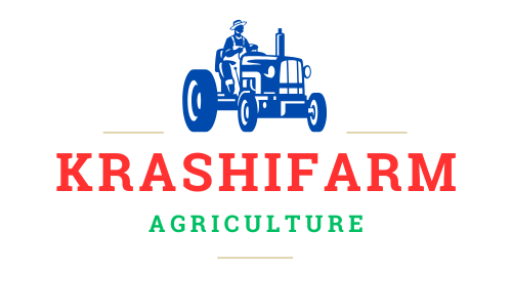Food Security and Self-Sufficiency
Introduction Food security and self-sufficiency are crucial aspects of sustainable development and national resilience. Food security ensures that all people have access to sufficient, safe, and nutritious food, while self-sufficiency focuses on a country’s ability to produce its own food without excessive reliance on imports.
Food Security Food security is built upon four key pillars:
- Availability – Sufficient quantities of food must be consistently produced or imported.
- Access – People must have the resources to obtain food for a healthy diet.
- Utilization – Proper nutrition is dependent on adequate diet, clean water, and sanitation.
- Stability – Food supply must be reliable and resilient to shocks like climate change, conflict, or economic crises.
Ensuring food security requires a combination of policies that enhance agricultural productivity, improve supply chain infrastructure, and promote equitable distribution.
Self-Sufficiency Self-sufficiency in food production means that a country produces enough food domestically to meet its population’s needs. While total self-sufficiency is rare, nations strive to reduce dependence on food imports by investing in local agriculture. Key strategies include:
- Encouraging sustainable farming practices.
- Supporting smallholder and commercial farmers.
- Developing resilient crop varieties resistant to climate change.
- Strengthening food storage and processing industries.
- Implementing policies that reduce food waste.
Challenges to Food Security and Self-Sufficiency
- Climate Change – Rising temperatures, extreme weather events, and changing rainfall patterns threaten food production.
- Population Growth – Increasing demand puts pressure on food systems and resources.
- Urbanization – Expansion of cities reduces available agricultural land.
- Economic Factors – High production costs, trade restrictions, and market fluctuations impact food availability.
- Conflict and Political Instability – Wars and crises disrupt food supply chains and access.
Solutions and Policies To enhance food security and self-sufficiency, governments and organizations must:
- Invest in agricultural research and innovation.
- Promote sustainable farming and water conservation techniques.
- Strengthen local food supply chains.
- Improve access to financial services for farmers.
- Implement educational programs on nutrition and food production.
Conclusion Food security and self-sufficiency are essential for national stability and economic resilience. Governments, communities, and individuals must work together to develop sustainable food systems that ensure reliable access to nutritious food for all. By adopting forward-thinking policies and investing in agriculture, countries can build a more secure and self-reliant future.



